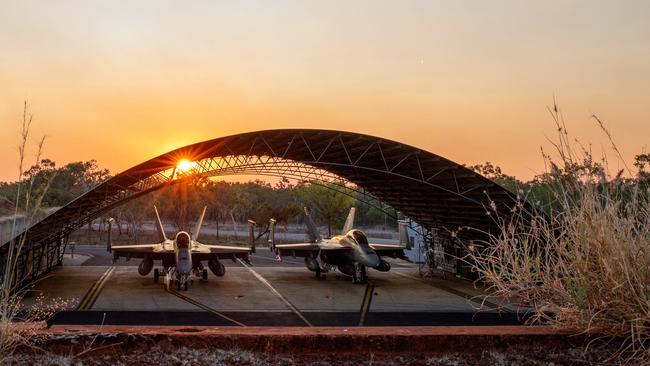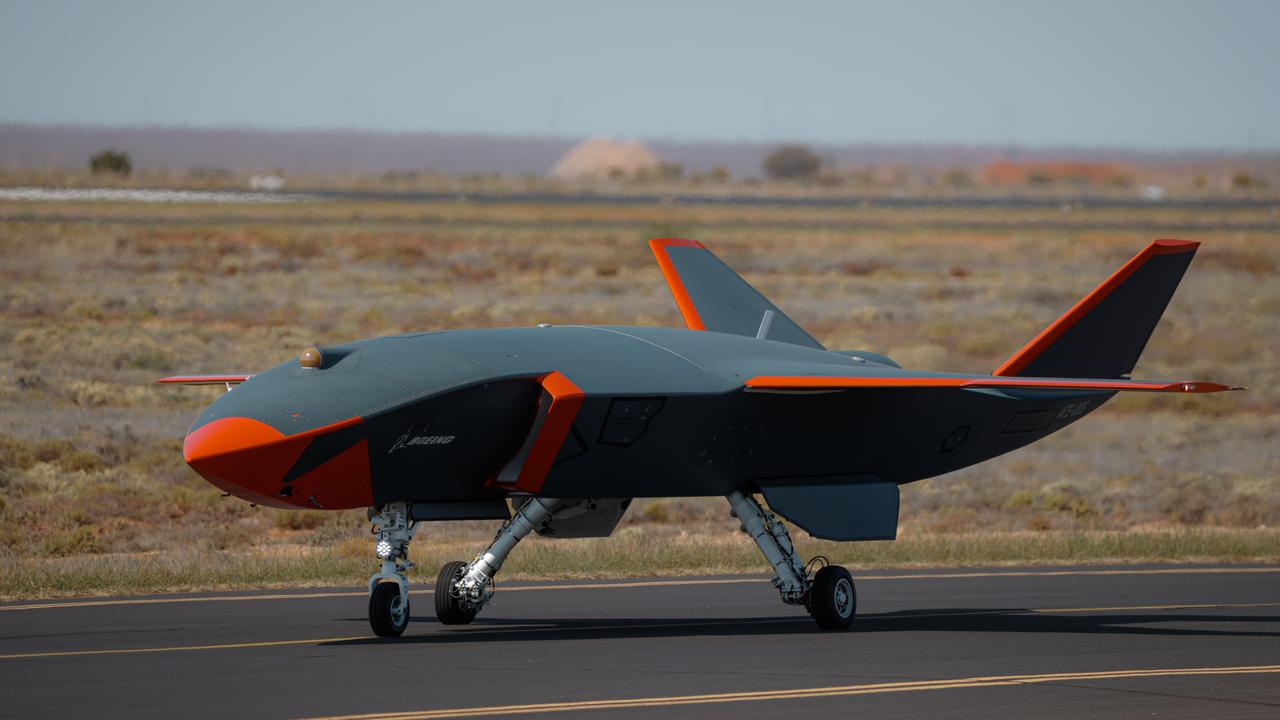Northern airbases: two steps forward, one step back
Australia’s northern airbases take two steps forward but one step back under the Albanese government’s National Defence Strategy (NDS) and Integrated Investment Program.

Australia’s northern airbases take two steps forward but one step back under the Albanese government’s National Defence Strategy (NDS) and Integrated Investment Program.
An estimated $2.6bn in approved funding and possibly an additional $4bn will be spent over the next decade to fund base improvements and hardening. But cancelling planned air and missile defences to free up funds for submarines and ships undermines these two forward steps. The funding is long overdue. Australia’s northern airbases are the foundations of its denial strategy because all operations in and beyond Australia’s approaches, including by US forces, depend on them.
Funding for other northern bases and connectivity between the bases and Australia’s broader economy complement the airbase investments. Spending on infrastructure in northern Australia will exceed $30bn to 2034 by some measures. The first forward step is increasing capacity at multiple bases to sustain higher tempo operations and allow larger aircraft such as the KC-30A tanker to operate from more places. This includes improvements to fuel storage and distribution, aircraft operating surfaces such as runways and taxiways, and other infrastructure. Much is in progress already, including US initiatives.

This is an effective means of maximising the combat power generated from Australia by existing assets. Higher tempo and larger aircraft operations from more places directly translates into more strike power at longer ranges. KC-30A tankers based at Learmonth, near Exmouth in Western Australia, can launch fully loaded more than 1600km further west and 1000km north than if operating from near Darwin or Perth, extending Australia’s reach over the Indian Ocean.
This is important because air-delivered weapons are Australia’s longest-ranged and most effective. Extending air power’s reach and endurance also makes land and sea forces more effective as they rely on air superiority and support.
The second forward step is the government’s stated intention to harden Australia’s airbases against attack through passive defences. This hardening is not detailed in plans or activity but will presumably consume much of the unapproved funding.
Attacks against bases will include air and missile strikes, cyber intrusions, and disruptions by irregular forces and sympathisers. Each of these vectors will need to be countered but Australia’s northern bases are least prepared for air and missile strikes.
Defences against strikes can be passive or active. Passive defences include deception and camouflage, hardened and buried structures to shield sensitive assets from observation and damage, and redundant aircraft operating surfaces to disperse parked aircraft and provide alternative takeoff and landing options. Resourcing and operating bases as fighting positions that are able to rapidly recover and resume operations is an important complement to passive defence infrastructure.
Passive defences raise the cost to effectively attack airbases. They do so by limiting the damage successful strikes do to individual targets. Buried, hardened, or dispersed targets take more weapons to destroy because each weapon’s effect is lessened. Aircraft shelters combined with deception and security can make it more difficult to target aircraft and lead to strikes against empty shelters.
Passive defences also reduce the effect strikes have on base functions, the most important of which is aircraft operations. Redundant aircraft operating surfaces increase the aim points, and thus weapons needed, to disrupt air operations.
These measures drive up the number and sophistication of weapons needed for a successful attack. Ideally, enough for an attacker to decide to employ their limited weapons against other targets. They work best with active defences that prevent weapons reaching their targets.
According to a recent study by a US think tank, active and passive defences together can increase the number of weapons needed for a successful strike by more than five times compared to active or passive measures alone. But this is where the northern airbases are taking a step back.
Cancelling the ADF’s ballistic missile defence and medium-range ground-based air defence projects leave the bases without their most effective active defences. They must either be left exposed or defended by warships and combat aircraft, as the NDS suggests. This seems a misapplication of scarce and expensive assets that are Australia’s principal offensive options for a denial strategy. The army’s air defences and planned ground-launched missiles lack the range to defend bases or substitute for air- and sea-launched strikes respectively.
The decision is counter-productive for Australia’s strategy of denial, which depends on secure northern airbases for offensive operations by ships and aircraft. It must raise questions in American minds about the viability of Australian bases.
The government’s investment in northern airbases will help the ADF strike harder, at longer range, and more often. Hardening the bases through passive defences will make them tougher and increase the costs to prospective attackers.
But cancelling planned air and missile defences due to funding pressures undermines Australia’s strategy of denial by leaving it with undefended bases or limited offensive options. Two steps forward, one step back.
-
Chris McInnes is the executive director of the Air Power Institute and a former RAAF officer.


